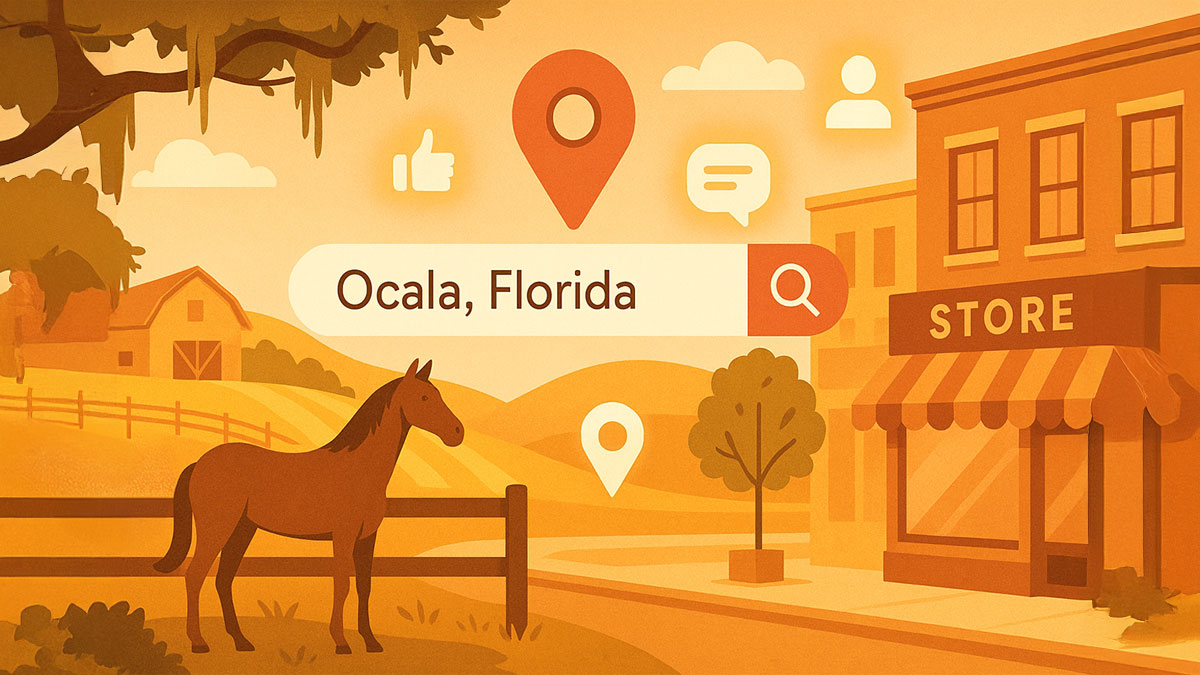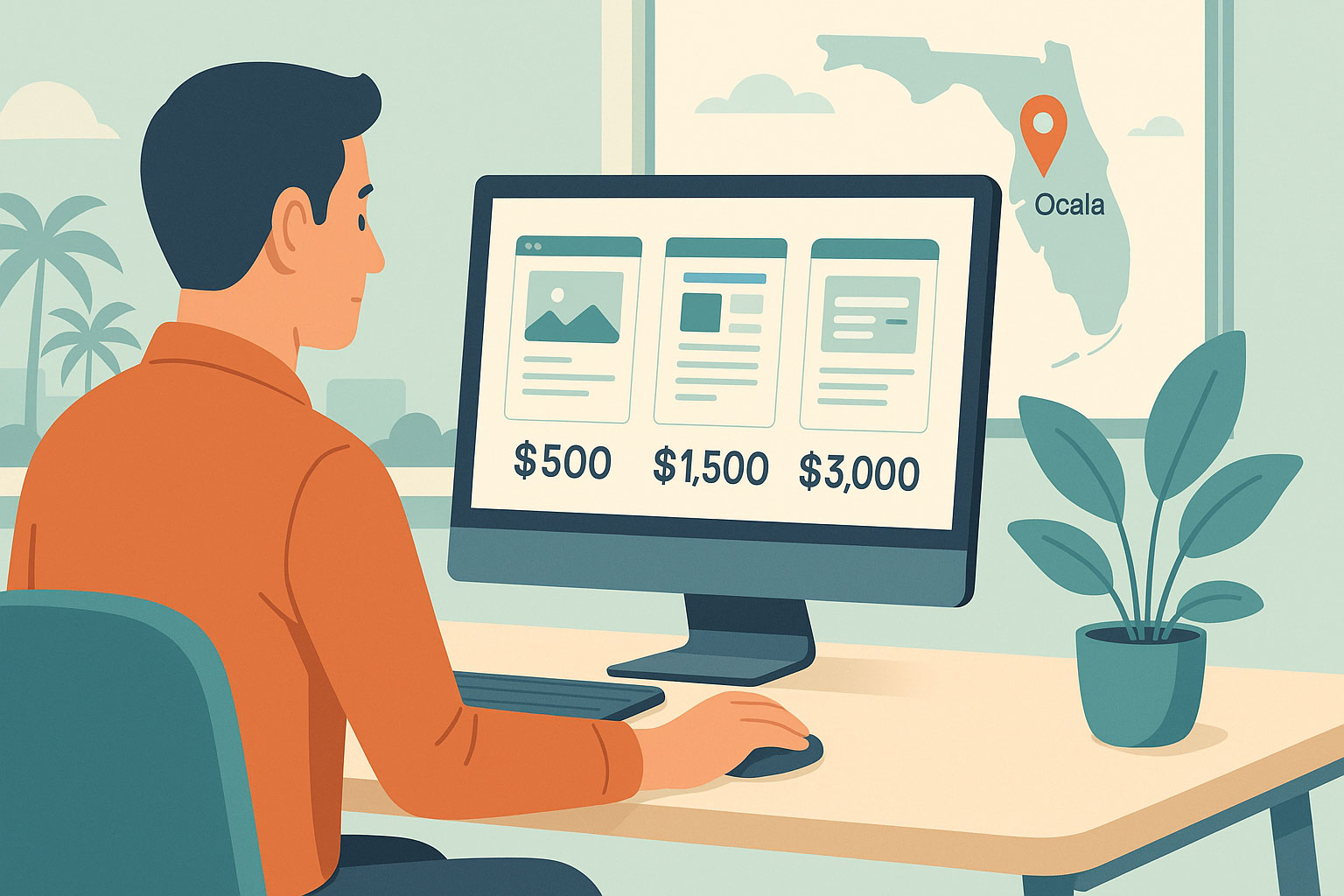Understanding the Difference Between Website Designers and Developers
Having a strong online presence is essential for businesses seeking to reach their target audience effectively. Creating a website that is both visually appealing and functional is a critical part of this process. However, this task requires the collaboration of two distinct professionals: website designers and website developers. Although they often work closely together, their roles and responsibilities differ significantly. Understanding these differences can help you make informed decisions when hiring professionals for your web projects.
The Role of a Website Designer
Website designers are the creative architects of the digital world, responsible for crafting the visual and experiential aspects of a website. Their primary focus is on aesthetics and user experience, ensuring that the site is not only attractive but also user-friendly and aligned with the brand’s identity.
Visual Design
Designers are tasked with creating the overall look of the website. They use tools like Adobe Photoshop, Sketch, or Figma to design the layout and visual elements. This includes selecting color schemes, typography, and imagery that reflect the brand’s personality and appeal to the target audience. A well-designed site should capture attention and guide visitors through the content seamlessly.
User Experience (UX)
User experience is a crucial aspect of website design. Designers are responsible for ensuring that the user journey is intuitive and engaging. They create wireframes and prototypes to visualize the structure of the site, focusing on how users will interact with different elements. This involves understanding user behavior, optimizing navigation, and ensuring that information is easily accessible.
Responsive Design
With the increasing use of smartphones and tablets, responsive design has become a necessity. Designers ensure that websites are optimized for various devices and screen sizes, providing a consistent experience across all platforms. This involves using flexible layouts, scalable images, and adaptive elements that adjust to different screen dimensions.
Brand Consistency
Maintaining brand consistency is essential for building trust and recognition. Designers ensure that all visual elements, including logos, colors, and fonts, are used consistently across the website. This helps reinforce the brand’s identity and ensures a cohesive look and feel throughout the site.
The Role of a Website Developer
While designers focus on aesthetics, website developers are responsible for bringing the design to life through coding. They build the website’s structure and functionality, ensuring that everything works seamlessly. Developers can be categorized into front-end, back-end, and full-stack developers.
Front-End Development
Front-end developers work on the client side of the website, focusing on everything that users visually interact with in their browsers. They use programming languages like HTML, CSS, and JavaScript to build interactive and dynamic elements. This involves creating features such as navigation menus, buttons, forms, and animations that enhance the user experience.
Back-End Development
Back-end developers work on the server side of the website, handling the databases, servers, and applications that power the front end. They use languages like PHP, Python, Ruby, and Java to manage data processing and server communication. This involves setting up databases, writing server-side logic, and ensuring that data flows smoothly between the server and the user interface.
Full-Stack Development
Full-stack developers have expertise in both front-end and back-end development, allowing them to manage all aspects of website creation. They possess a broad skill set that enables them to build complex web applications from start to finish, handling both the visual and functional elements.
Key Differences Between Designers and Developers
Although website designers and developers work towards a common goal, their approaches and skills differ significantly:
- Focus: Designers concentrate on the visual and experiential aspects of a website, while developers focus on its functionality and technical structure.
- Tools: Designers use design software to create visual mockups, whereas developers use coding languages to build and implement the website.
- Skills: Designers need a strong sense of aesthetics, creativity, and an understanding of user behavior. Developers require technical coding skills, logical thinking, and problem-solving abilities.
Core Competencies
Understanding the competencies required for each role can help businesses identify the right talent for their projects. Here are some core competencies for designers and developers:
Web Designer Competencies
- Creativity and Innovation: Designers must be able to think creatively and develop innovative design solutions that meet client needs and enhance user experience.
- Attention to Detail: A keen eye for detail is essential to ensure that design elements are consistent and visually appealing.
- Communication Skills: Effective communication is crucial for understanding client requirements and conveying design concepts clearly to both clients and developers.
- Knowledge of Design Principles: A strong grasp of design principles, such as color theory, typography, and layout, is necessary for creating harmonious and engaging designs.
- Proficiency in Design Tools: Mastery of design software like Adobe Creative Suite, Sketch, or Figma is essential for creating high-quality visual elements.
Web Developer Competencies
- Technical Proficiency: Developers need to be proficient in various programming languages and technologies relevant to their role, such as HTML, CSS, JavaScript, PHP, or Python.
- Problem-Solving Skills: Strong analytical and problem-solving skills are essential for troubleshooting issues and optimizing website functionality.
- Attention to Detail: Developers must ensure that code is error-free and that the website functions smoothly across different browsers and devices.
- Collaboration Skills: Working closely with designers and other team members requires effective collaboration and the ability to integrate design elements into the functional framework seamlessly.
- Continuous Learning: The tech landscape is constantly evolving, so developers need to stay updated with the latest trends and technologies to remain competitive.
- Content Management Systems: Familiar with various content management systems such as WordPress, Joomla, and Drupal.
- Search Engine Optimization: Understanding of optimizing On-Page and Technical aspects of websites for SEO.
Collaboration Between Designers and Developers
For a website project to succeed, effective collaboration between designers and developers is essential. Designers provide the creative blueprint and visual direction, while developers bring these designs to life with their technical expertise. Open communication and mutual understanding ensure that the final product is both visually appealing and technically sound, meeting the needs of both the business and its users.
Conclusion
Both website designers and developers play vital roles in creating a successful website. Designers focus on crafting an engaging user experience and maintaining brand consistency, while developers ensure that the site functions smoothly and efficiently. By understanding the differences between these roles, businesses can effectively hire the right professionals for their web projects, ultimately enhancing their online presence and achieving their digital goals.
At Graphicten, we excel at both website design and web development allowing us to create everything from fully functional websites to complex web applications, e-commerce systems, and even custom integrations into your other business systems.
Ready to create something awesome? Let’s talk!


